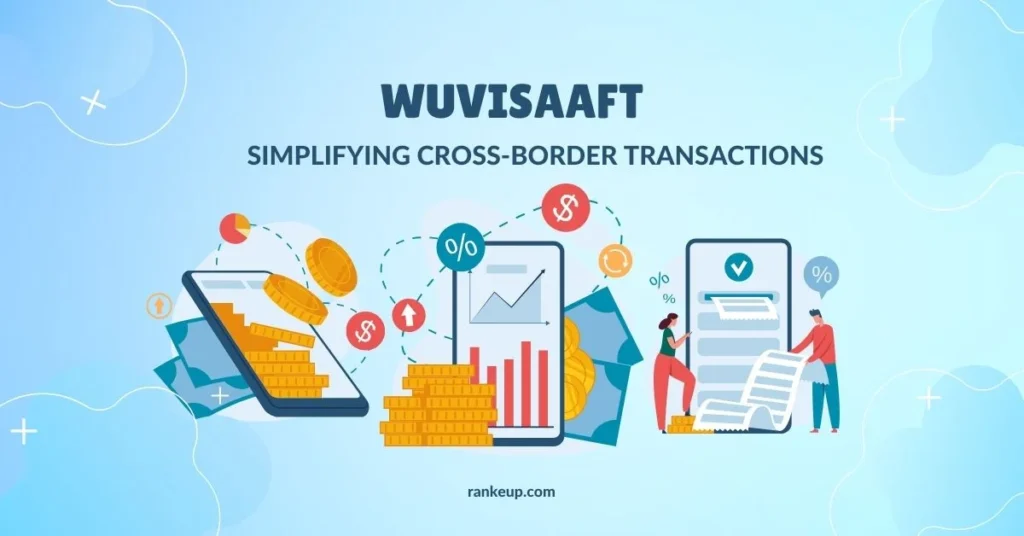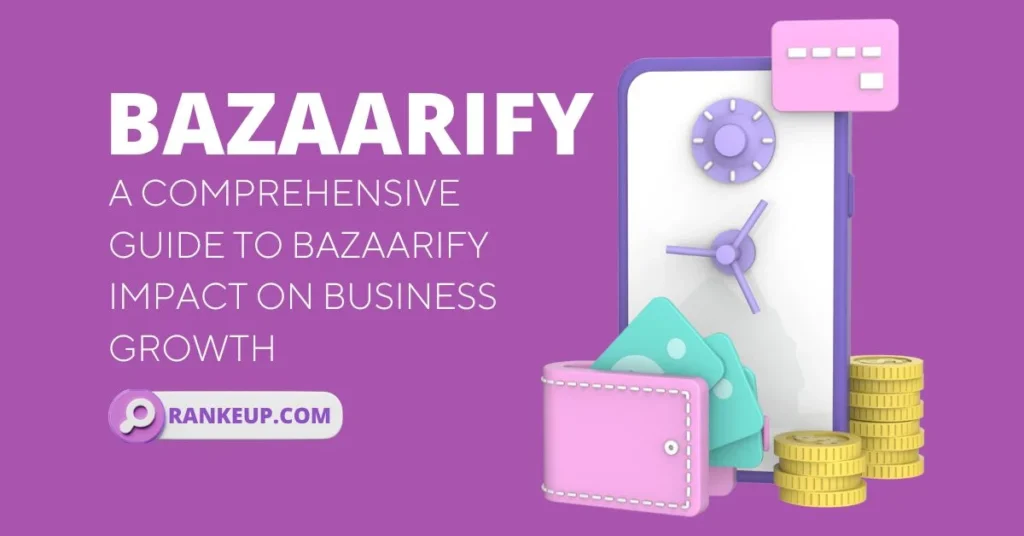Organize a Long-Distance Client Visit today’s competitive business environment, maintaining strong client relationships has become essential for lasting success. A well-planned, long-distance client visit can be a powerful way to build these connections, offering an opportunity to connect on a deeper level, understand client needs, and foster loyalty. Whether you’re meeting a new client for the first time or reconnecting with a long-term partner, an in-person visit allows you to better understand their business, strengthen rapport, and gain firsthand insights into how they interact with your products or services.
Planning a client visit requires strategic preparation to make the most of your time together. In this article, we’ll explore why client visits matter, outline essential goals to set, and provide a guide to preparing for a successful visit. From building loyalty to uncovering new business opportunities, the benefits of a well-planned visit can be substantial.
The Importance of a Organize a Long-Distance Client Visit
Client visits go beyond typical business interactions, allowing you to observe your products in action and learn more about your clients’ day-to-day operations. They give you insight into what clients value and where they face challenges, offering a chance to improve your offerings and deliver greater satisfaction. Here are several reasons why these visits can be game-changing:
- Insight into Product Use: Observing how clients use your product firsthand allows you to see its benefits and limitations in real time. This helps you understand what’s working well and what can be improved.
- Building Customer Loyalty: A client visit shows that you’re willing to go the extra mile, strengthening trust and loyalty. Meeting face-to-face reinforces your commitment and interest in their success.
- Motivation for Your Team: A client visit is a reminder of the real people using your product. Sharing this experience with your team can boost morale and motivation, making them feel more connected to the client’s goals.
- Uncovering New Opportunities: Personal interactions often reveal unique client needs or challenges that can be addressed with additional services, offering opportunities for cross-selling, upselling, or innovation.
Defining Your Goals for the Client Visit
Before diving into logistics, it’s crucial to clarify what you aim to achieve from the visit. Defining clear objectives ensures that your time with the client is productive and meaningful. Here are five goals to consider:
1. Understanding Their Business Goals
Having a clear picture of the client’s objectives allows you to align your services or products to better support them. By understanding their business direction, you can anticipate their needs and tailor your solutions accordingly.
2. Gathering Valuable Feedback
In-person visits are an ideal setting to gather honest, constructive feedback. Clients are often more open about their experiences when talking face-to-face, allowing you to gain insights that may not surface through remote communication.
3. Seeking Referrals and Testimonials
Satisfied clients can be your biggest advocates. A successful visit is an excellent opportunity to ask for referrals or testimonials, which can help you attract new customers and build credibility.
4. Identifying Cross-Selling and Upselling Opportunities
A client visit allows you to uncover ways to provide additional value, potentially leading to new sales. Discussing your client’s current challenges and exploring how other offerings may benefit them can open doors to further engagement.
5. Capturing Case Studies
In-person visits offer the chance to gather material for case studies or success stories that can be shared with internal teams or used in marketing. Documenting how your product or service has helped the client can highlight the practical benefits of your offerings to potential customers.
Research and Review Client Background
Start by familiarizing yourself with the client’s history, recent purchases, and business environment. Study relevant industry trends or challenges that may affect their operations. Any recent changes within the client’s organization, such as leadership shifts or structural adjustments, should also be considered as they could impact your partnership.To ensure a productive meeting, prepare a list of questions or topics to cover. Showing that you’ve done your research will impress the client and demonstrate your commitment to their success.
Identify Key Participants
Knowing who you’ll meet is essential. Find out if you’ll be speaking with decision-makers like the CEO, department heads, or the operational team. Understanding the roles and priorities of each participant helps you tailor your conversation to address their specific interests.
For example, decision-makers may be more focused on strategic topics, while operational staff can provide feedback on day-to-day use. Tailoring your approach to each person’s perspective shows that you’re well-prepared and considerate.
Develop a Detailed Agenda
Create a comprehensive schedule for the visit, focusing on quality time with key stakeholders but also including opportunities to meet with end-users. Observing your product in action with users provides valuable insights that may not come up in executive discussions.
Your agenda should outline discussion topics, product demonstrations, and any Q&A sessions, along with enough time for informal exchanges. Building in some buffer time allows flexibility for spontaneous questions and insights that can lead to stronger connections.
Plan for an Evening Dinner Meeting
Ending the day with a dinner meeting creates a relaxed atmosphere for open conversation, giving the client a chance to discuss topics they might not bring up in a formal setting. Choose a venue that offers privacy and is conducive to meaningful dialogue, allowing for a casual but impactful experience.Check with the client’s team regarding dietary preferences or restrictions to make them comfortable. A dinner meeting can also be an opportunity to deepen personal connections, leaving a positive impression that extends beyond business.
Capture and Share Key Insights in a Wrap-Up Report
After the visit, consolidate your observations, requests, and action items into a report. This summary can be shared internally and with the client to ensure alignment and demonstrate accountability. A well-organized report reflects your professionalism and commitment to following up on their feedback.
Send a copy of the report to the client, highlighting key takeaways, agreed-upon actions, and future steps. This follow-up communication reinforces the impression that you value their input and are serious about addressing their needs.
Tips for a Successful Client Visit
To make the most of your client visit, keep the following tips in mind:
- Stay Organized: Use planning tools to keep track of the itinerary, objectives, and any materials needed for the visit.
- Communicate Regularly: Keep the client informed about your travel plans, including arrival times and itinerary details. A few days before the visit, confirm the schedule with them.
- Follow Up Promptly: Address any requests or action items discussed during the visit as soon as possible. Timely follow-up builds trust and shows that you’re attentive.
- Express Appreciation: Always thank the client for their time and insights. Gratitude reinforces the positive experience and strengthens the relationship.
Conclusion
A long-distance client visit is a powerful way to strengthen relationships, gain deeper insights, and identify opportunities for growth. By setting clear goals, preparing thoughtfully, and engaging with the client on a personal level, you can make a lasting impact that goes beyond routine business interactions. In-person visits remind both you and your client of the value of your partnership, providing motivation, clarity, and an enhanced sense of loyalty.
By organizing a well-executed client visit, you’re not only enhancing the immediate relationship but also laying the groundwork for long-term success. The trust and connection built through these interactions can lead to increased client loyalty, new business opportunities, and mutual growth.
FAQs
What should I bring to a client visit?
Bring documents, presentation materials, or product samples that can support discussions and help answer client questions effectively.
How long should a client visit typically last?
Visits generally range from a half-day to a full day, depending on the client’s availability and the goals of the meeting.
How can I ensure effective follow-up after a visit?
Prepare a wrap-up report summarizing key points and action items. Share it with the client promptly to demonstrate commitment.
What should I do if unexpected issues arise during the visit?
Stay calm and flexible. Listen actively to the client’s concerns, take notes, and assure them that you’ll address the issue.
Is a dinner meeting necessary?
While not required, a dinner meeting can foster a relaxed atmosphere for open conversation, often leading to stronger connections and more insightful discussions.


